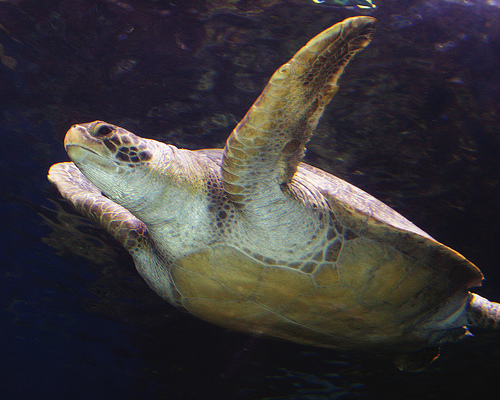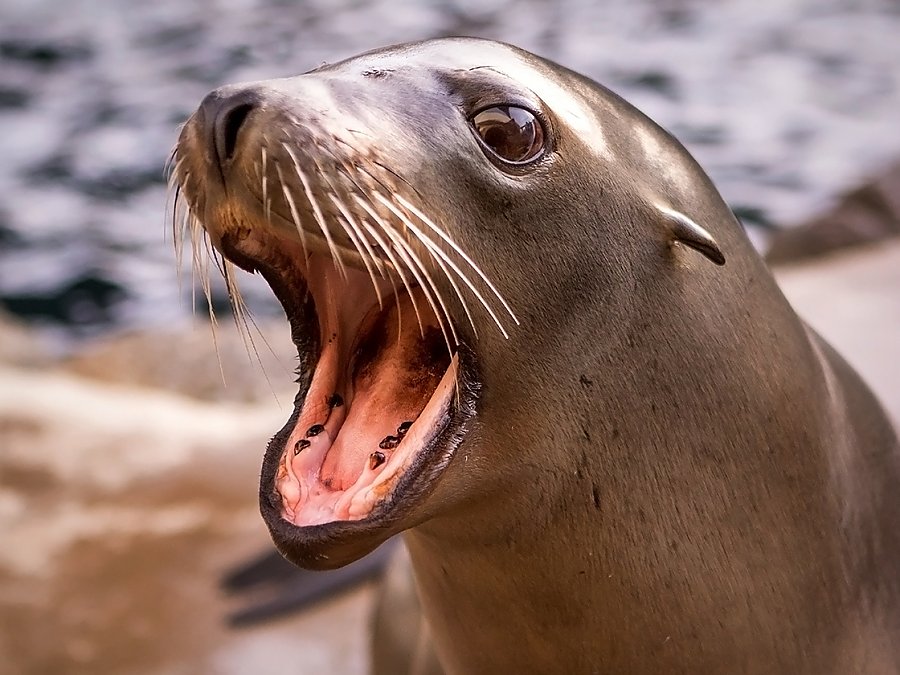
Ralphs
Discount tickets available at Ralphs for a limited time
Explore all our exhibits, including sea otters, sharks, sea jellies, frogs, and more in our Tropical, Northern, and Southern California/Baja Galleries.

Credit: Robin Riggs
March 12, 2021
After careful planning with the City of Long Beach, the Aquarium of the Pacific has fully reopened to 25% capacity with special safety measures in place. The Aquarium will also continue to offer a variety of programs for people at home through its Online Academy, including virtual cultural festivals.
Whether people are planning a staycation or looking to unwind watching fish or playful penguins and sea otters, the Aquarium invites people to explore its Tropical Pacific, Northern Pacific, Baja California, Shark Lagoon, Lorikeet Forest, Pacific Visions areas and more for $44.95 for adults, $29.95 for children 3-11, and $41.95 for those 62+. with advance reservations. Guests can feed colorful lorikeet birds and safely touch sharks, rays, and even moon jellies in some of the Aquarium’s exhibits.
Safety is the nonprofit Aquarium of the Pacific’s top priority. The Aquarium is limiting the number of visitors, requiring advanced timed reservations, managing traffic flow to ensure social distancing, requiring masks for everyone age 2 and older and temperature checks for everyone, providing numerous hand-sanitizing stations, sanitizing surfaces constantly, and much more. For complete details, you can visit the Aquarium’s safety page.
Anyone who wishes to visit during this time must make an online reservation. Members and those holding tickets must still make a free reservation time. The Aquarium will be open 9:00 a.m. to 6:00 p.m. Mondays through Fridays and will extend its hours on Saturdays and Sundays to remain open until 8:00 p.m.
The journey through the Pacific Rim unfolds as you are guided through three major regions of the Pacific Ocean: Southern California/Baja, the Northern Pacific, and the Tropical Pacific. The exhibits introduce the inhabitants and seascapes of the Pacific Ocean, while also focusing on specific conservation messages associated with each region. As you enter the Aquarium’s vast Great Hall of the Pacific, a full-scale model of a blue whale, the largest animal in the world, floats above your head. Visitors are given a preview of what awaits in the Aquarium’s main galleries, including an up-close look at Southern California/Baja, with the nearly three-story-tall Honda Blue Cavern exhibit, home to barracuda and other kelp forest fish.
The temperature and atmosphere undergo a drastic change as you enter the Northern Pacific gallery and are introduced to the ice-cold waters of Alaska, Russia, and northern Japan. Puffins and other diving birds nest overhead and “fly” underwater, while the sea otters frolic in a nearby habitat. After leaving the mesmerizing sea jellies and a giant Pacific octopus, bright sea stars and giant Japanese spider crabs await visitors.
Leaving the frigid world of the Northern Pacific, Aquarium explorers burst into the sun-splashed paradise of the Tropical Pacific gallery. From coral lagoons to deep reefs, this gallery represents the areas surrounding the islands of the Palau, Hawaii, and Indonesia. Visitors are introduced to a coral lagoon with colorful fish and exhibits featuring seahorses and more. In the Aquarium’s largest exhibit by volume, the Tropical Reef Habitat, sharks and colorful sea life swirl around visitors in a tunnel and through various viewing windows.
On the Aquarium’s Harbor Terrace with ocean views, you can experience the Moon Jelly Touch exhibit where you can carefully touch these delicate and mesmerizing creatures. Continue on your journey into the Lorikeet Forest aviary to feed this colorful Australian bird species. As you exit the aviary, you can learn about the importance of fresh water and what you can do to conserve it in the Our Water Future exhibit. Then, you can visit the Southern California Steelhead Story exhibit, where you can see and learn about a local fish that can change its body to live in both freshwater rivers and the ocean. Visitors can see large sharks and rays in the Shark Lagoon’s main habitat and touch tropical species of sharks and rays in its two touch pools. Adjacent to Shark Lagoon, you will find the Molina Animal Care Center, where you can learn how the Aquarium cares for its animals. On the second floor outdoors, you will find the Seals and Sea Lions Habitat. The upper floor is home to the June Keyes Penguin Habitat, the Ray Touch Pool with bat rays and shovelnose guitarfish, and the Shorebird Sanctuary featuring local wetlands species, including fish and rescued birds. The Aquarium’s retail is open and food service is available.

Discount tickets available at Ralphs for a limited time